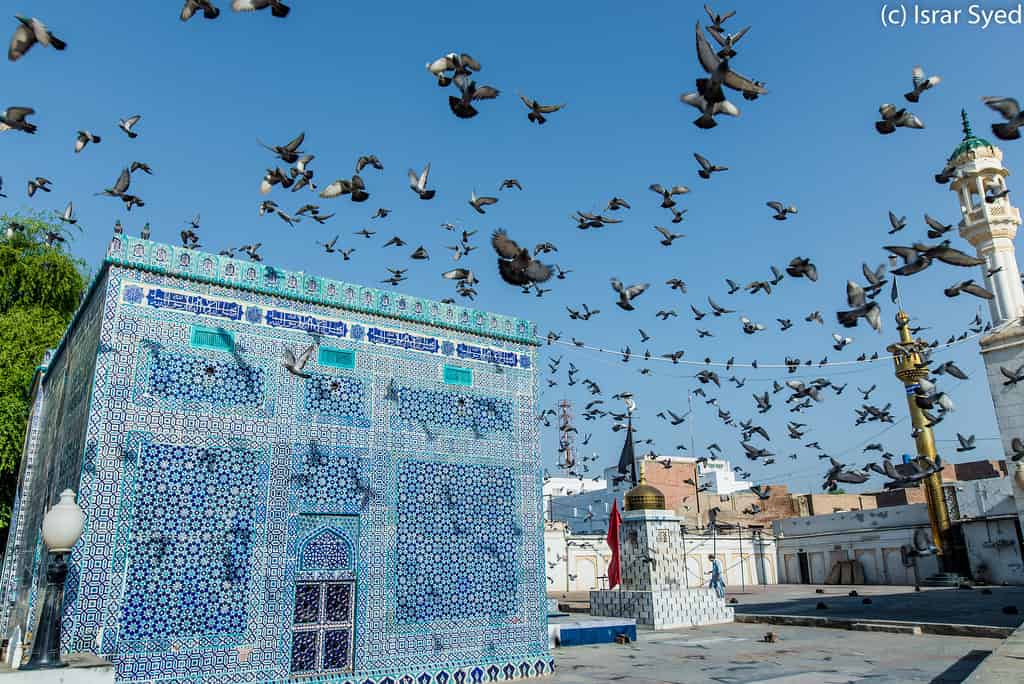
Shrine Of Bahauddin Zakriya
Multan
Punjab
Financed by the saint himself, the shrine is a testament to his independence and devotion. It survived attacks during the British siege of Multan in 1848 and continues to attract pilgrims, symbolizing resilience and faith.




